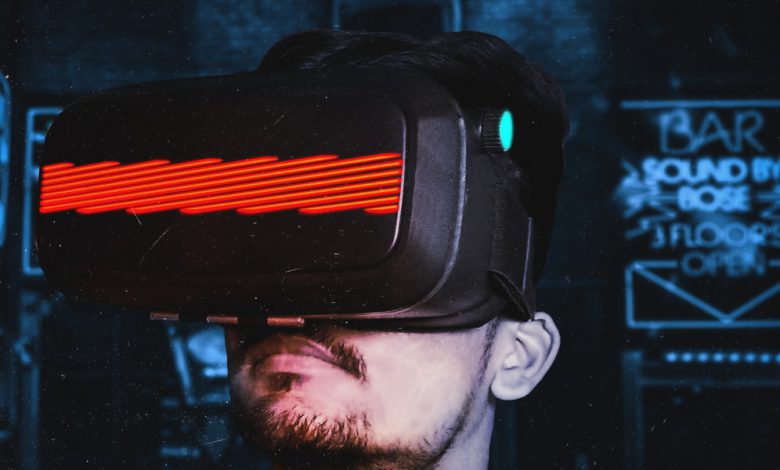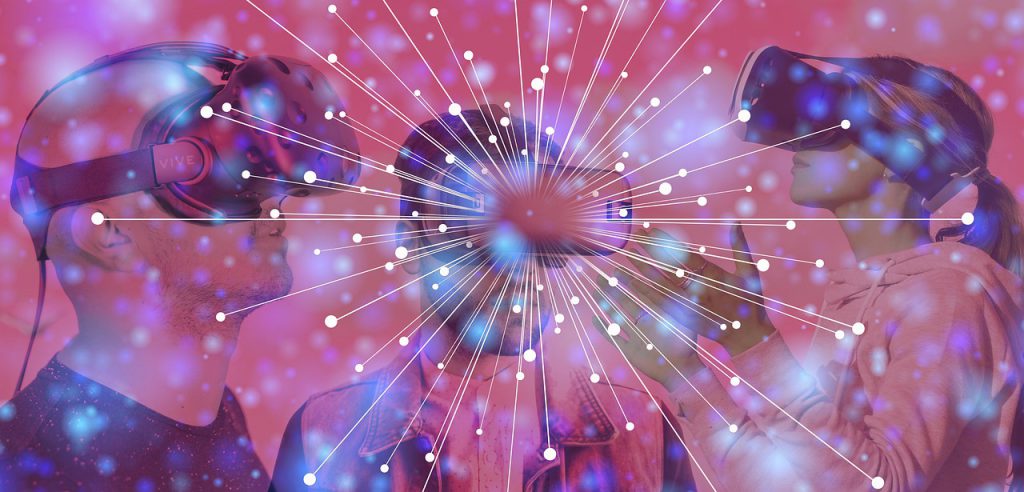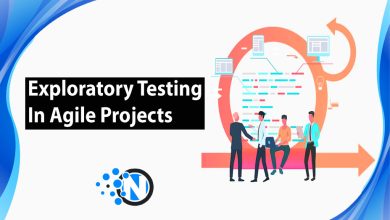How Augmented Reality Can Help the Oil and Gas Industry

The oil and gas industry demands both high tech and high stress. To operate efficiently, these companies must be able to troubleshoot potential problems quickly and accurately.
There are many ways technology can make the oil and gas industry safer, more productive, and more profitable. However, many of these technologies create a new set of challenges for this type of business. With so much pressure on these companies to continue operating efficiently while also cutting costs wherever possible, virtual and augmented reality (VR and AR) could be the answer to many difficulties faced by the oil and gas industry. Read on to learn how AR and AR can help this sector.
What is Augmented Reality?
Augmented reality is a technology that combines computer-generated imagery with a real-world environment. It can be used to add virtual objects to a scene, but it can also be used to highlight and change elements of a scene by changing its properties. AR can be used to create a variety of experiences, including bringing historical sites to life, improving living environments, or engaging in new types of gaming. One of the best examples of AR is found in the medical field. Doctors can use it to highlight areas of concern or to “walk” patients through a treatment plan. AR can also be helpful in a classroom setting. Students can use AR to bring otherwise boring subjects to life. AR can be used in several industries, including oil and gas. There are a variety of ways AR can be helpful in the oil and gas industry. For example, AR can be used to educate employees about the equipment they use daily. It can also be used to highlight potential hazards in the workplace and to create safer work environments.

Augmented Reality for the Oil and Gas Industry
AR is a computer-generated addition to the real-world environment. This technology can be used for everything from training employees to engaging in new types of gaming. In the oil and gas industry, there are many uses for AR technology, including supporting employee training. Onboarding and building competencies of new employees can be a challenge for the oil and gas industry. This type of work often requires employees to use complicated machinery and operate in dangerous environments. Unfortunately, it’s not always possible to train employees in real-world situations. AR can help solve this problem. AR can be used to train employees in a safe environment, using digital models and simulations. This allows them to practice skills hands-on without putting themselves in harm’s way. AR can also be used to create realistic simulations of potential problems or emergency scenarios, improving predictive maintenance procedures. This can help employees and company officials prepare for the types of situations they may face in the field. AR can also be used to create a virtual tour of an oil field, which can help oil and gas companies engage with potential investors.
How AR can help with training in the oil and gas industry
AR can be used to create realistic training scenarios that can help employees prepare for the types of situations they may face in the field. This type of training has many benefits over traditional methods. AR training can help employees become more engaged in the training process, offering a more immersive experience. The engagement has been linked to better retention of new knowledge and skills. AR training can also help employees become less stressed during training. This is especially true for those who aren’t naturally inclined to engage in this type of activity. AR has also been shown to reduce the time it takes to train employees. AR training can also help employees prepare for emergencies they may face in the field. For example, AR training can help prepare employees for potential gas leaks. This type of training can prepare employees to shut down the source of the leak and prevent a dangerous explosion.
AR for detecting flaws in equipment
AR can be used to detect flaws in machinery and other equipment before they cause problems in the field. AR can be used to create 3D scans of machinery and build digital twins. This can help companies detect problems with the equipment before they cause damage to the field. AR can also be used to help analyze data collected from diagnostic testing. This can help companies identify potential issues with their equipment before they cause a major problem in the field. AR can also be used to create simulations to test a new piece of equipment before it’s sent to the field. This can help detect potential problems before sending the equipment.
AR can be used to create a virtual map of pieces of equipment that are critical to the operation of an oil field. This can help companies locate problems with the equipment before they lead to a major breakdown. AR can also be used to create simulations of equipment breakdowns. This can help companies test their ability to respond to a variety of potential problems. This type of testing can help companies hone their response plans and be better prepared for real-world problems.
AR for remote operation of machinery in the oil and gas industry
One of the biggest challenges for the oil and gas industry is maintaining control of the machinery used in the field. This equipment can be located in remote locations, making it difficult to access and fix potential problems. AR can help solve this problem. Companies can create a virtual model of remote machinery to operate it remotely. This can be helpful when there isn’t an onsite engineer available because of distance or other issues. Using AR to remotely operate machinery can help solve a variety of issues. It can also help companies comply with safety regulations related to onsite time. Additionally, AR can help reduce costs associated with onsite engineers. Remote support helps overcome issues related to the scarcity of experts.
AR to assist with supply chain management in the oil and gas industry
AR can be used to help improve supply chain management within the oil and gas industry. Companies in this sector often rely on third-party suppliers for critical parts and materials. This can make it difficult to track the location of materials and parts throughout the shipping process. AR has the potential to help improve supply chain management in the oil and gas industry. This technology can be used to track the location of materials and parts through the shipping process. This can be helpful for those who rely on third parties for essential materials. It can also help companies track the location of their fleet of vehicles.
Conclusion
Augmented reality in oil and gas industry can help in a variety of ways. AR can help with training, detecting problems, and helping remote machinery, as well as with supply chain management and improving safety in the field. There are many ways AR and VR can improve the oil and gas industry, making it a safer environment for employees and resulting in cost and performance optimization for enterprises.




